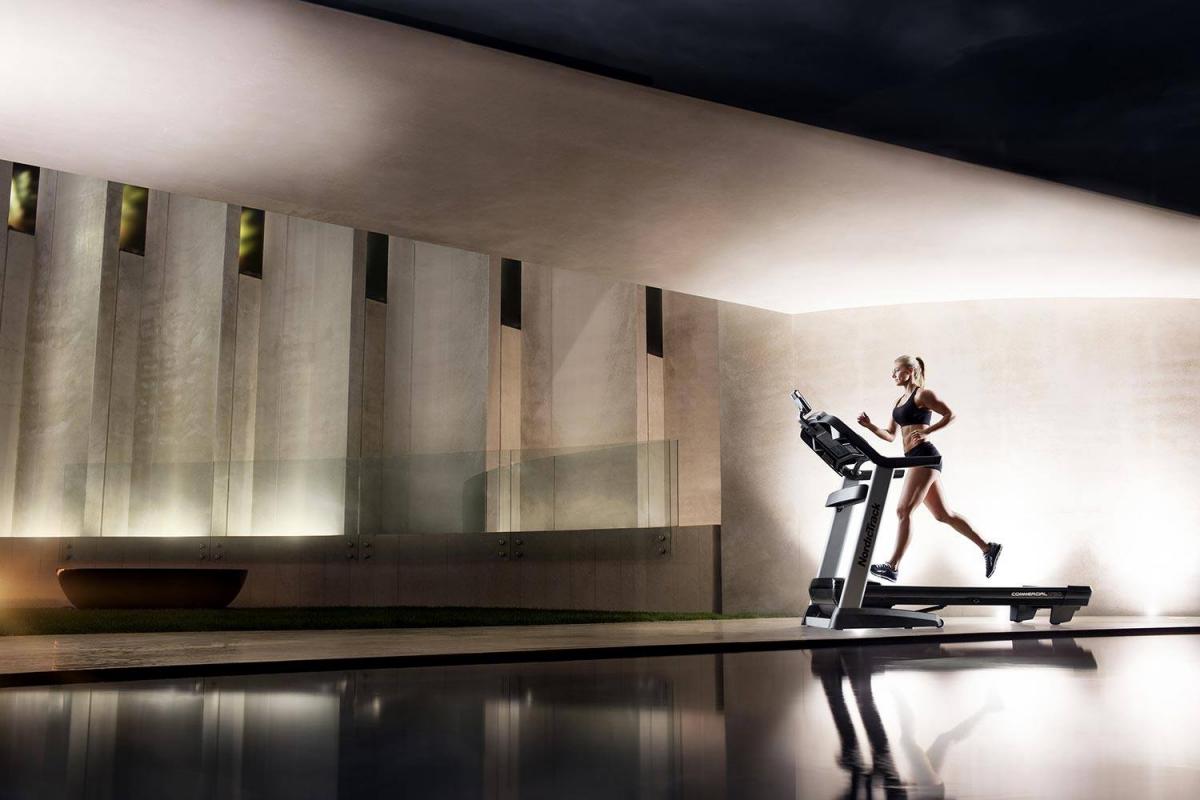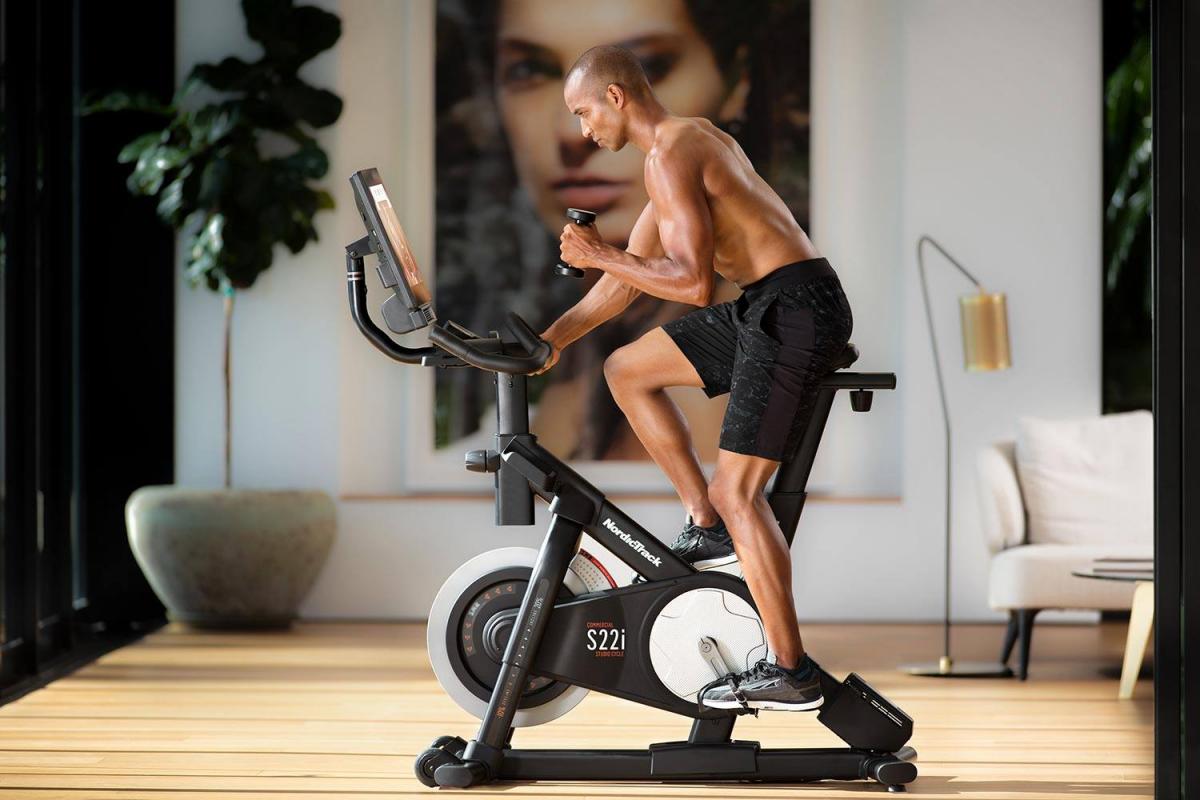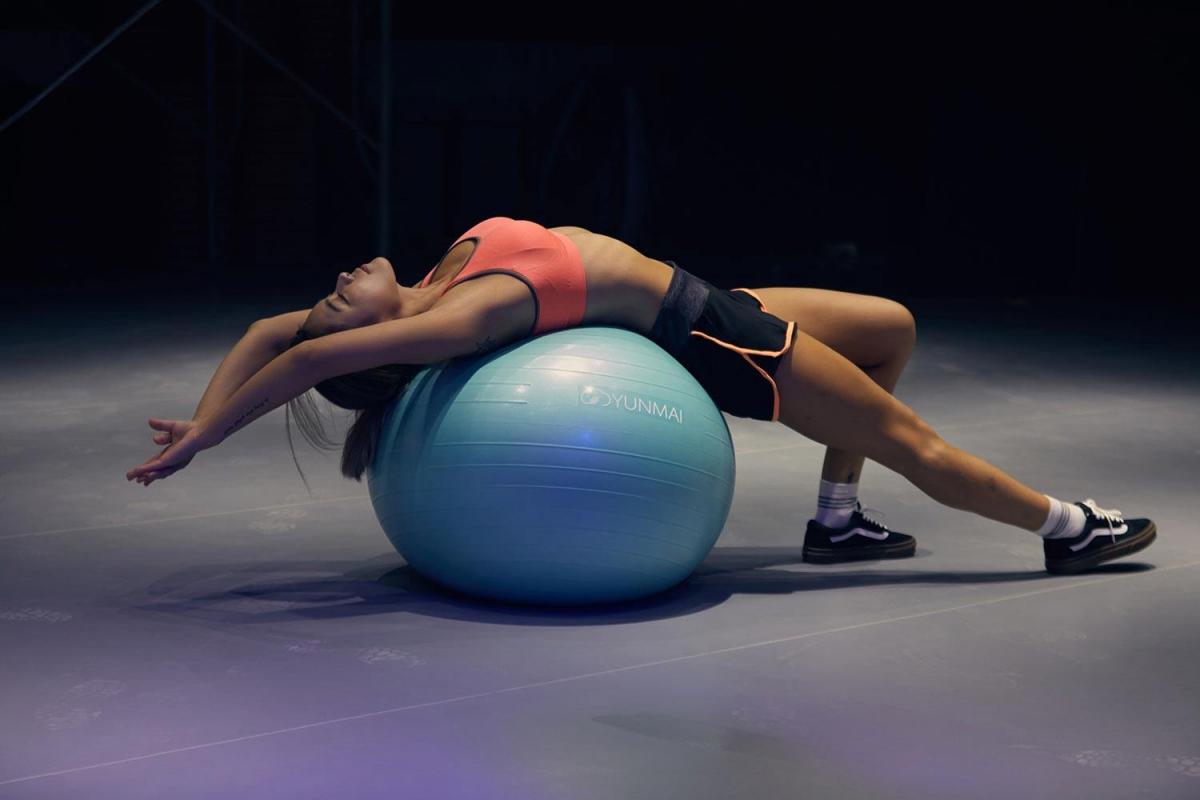The treadmill is a fitness machine often chosen for cardio training at home. According to Healthline this high intensity running, for short durations can be ideal for building muscle. It gives your legs a thorough workout, of course, but also your abs. Have doubts about that? Look at the abs of a regular runner. That will convince you.
Running to regain form and figure
The treadmill does enable you to build muscle. The more regularly you train, the faster you’ll be rewarded with visible results. Very quickly, you can speed up your pace and lengthen your sessions. Then over the weeks, your leg muscles will appear more defined, your glutes will be firmer, your abs will be harder, all as you improve your cardiovascular system and stamina. It even helps you to fight stress!
Running indoors, you won’t be exposed to bad weather as can happen when training outside, so you’ll find it easier to diligently train with regularity. You’ll continue to progress, regardless of the season. Your confidence in yourself, likewise, will soar.
Clearly, the treadmill offers you the chance to both re-sculpt your body and re-shape your general outlook and wellbeing, all in only a few months.
What are the concrete effects of running on a treadmill?

You’ll quickly notice the benefit to your figure after running on a treadmill. If you’re overweight, though, don’t expect to see a huge drop on the scale, as you will replace fat with muscle. (You will notice, though, that you’ll go down a wardrobe size or two.)
On the other hand, running on a treadmill won’t build bigger muscles; rather, it will tone the ones you have. Take a look at athletes who do a lot of running – for example, marathon runners. You’ll notice they have long, lean figures.
Adapt your workout to your needs

On a treadmill, you can work a lot of different muscles, particularly your calves, thighs and glutes. Your abdominal and lumbar muscles are simultaneously involved while training, taking on a core-strengthening role. Finally, you get a somewhat lesser workout for your arms, shoulders and back by swinging your arms while running.
Remember you can always optimise your training sessions by modifying them to achieve your specific goals.
Muscle focus
By inclining your treadmill, you can work your glutes and calves harder, stretching out your calves more at the same time. If your treadmill model offers a decline option, alternate your settings: you’ll work the muscles in a different way, thus achieving a complete, quality lower body workout.
Weight loss
If your goal is to optimize fat loss, do long sessions at moderate intensity. Opt, for example, for a moderate pace, or even a brisk walk, for 45 minutes to an hour, continuous or interval training. Ideally, this should be done 2-3 times a week.
General physical fitness
Finally, if you’re aiming for a whole-body workout, complete your treadmill sessions with targeted exercises that work your arms, shoulders and back.
Optimise your workouts

Your treadmill session deserves as much care and preparation as an outdoor or indoor sport workout. Here are some good habits to adopt.
Start with a good pair of shoes, suitable for running. Don’t think that just because you’re on a treadmill you shouldn’t wear the right kind of shoes! Next, make sure to properly warm up at the beginning of your workout, preparing your muscles for the effort. Simply start out by walking; then gradually increase the speed.
During your workout, look straight ahead, keeping your head up. To maintain good posture, avoid turning around, looking at your feet, or watching the console too often.
Then take the time at the end of your workout to relax your body and stretch out all your muscle groups.
Finally, you need to resist the temptation to go back too quickly to your treadmill. Space the sessions out by at least one day, allowing your muscles (including your heart) to recover.
One last suggestion to help you to get stronger on a treadmill: be consistent. You might find this is actually easier than you thought it would be. Any athlete will tell you, “The more you run, the more you’ll want to run.” Make it through your first few sessions, and soon regularly scheduled workouts will become (a good) habit. You’ll see the results, and that will encourage you even more to continue. So, are you ready? Simply choose your device from NordicTrack’s treadmill range, and get off on the right foot. We believe in you!
Van De Walle, 2020 (Healthline)
We recommend
Main Muscle Groups Used In An Elliptical Workout
Elliptical machines can provide you with lower (calves, thighs, glutes) and upper (arms, back and pecs) body training, as well as an abdominal workout, making it one of the most complete…
Main Muscle Groups Used In An Exercise Bike Workout
While training on an exercise bike, you will primarily work your lower body muscles: your calves, thighs and glutes. Your abs will also get some work, and to a lesser extent, your arms…
Main Muscle Groups Used In A Rowing Machine Workout
The rowing machine, or rower, is often referred to as the most complete fitness device. Working 90% of the body’s muscles, it’s hard to deny that claim. It is one of the most powerful cardio machines…
Building muscle with the Freestride Trainer
Not familiar with the Freestride Trainer yet? It’s an innovative device that replicates the movements of an elliptical, a stepper and a treadmill. Now you’re wondering if it builds muscle, too?
